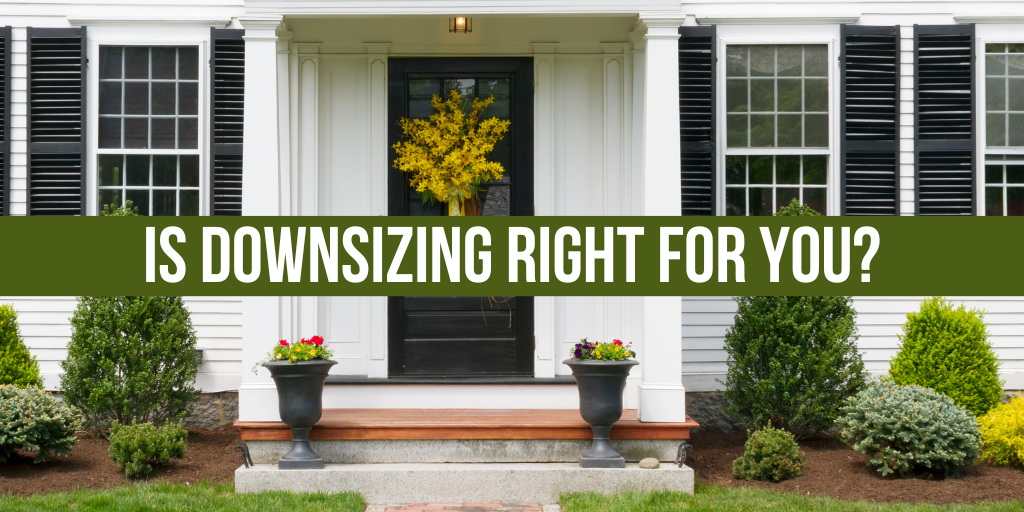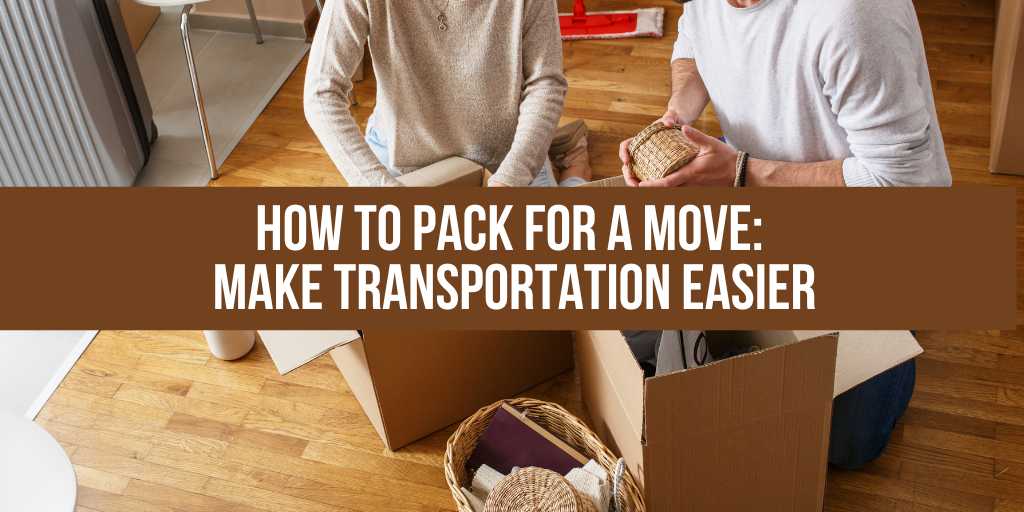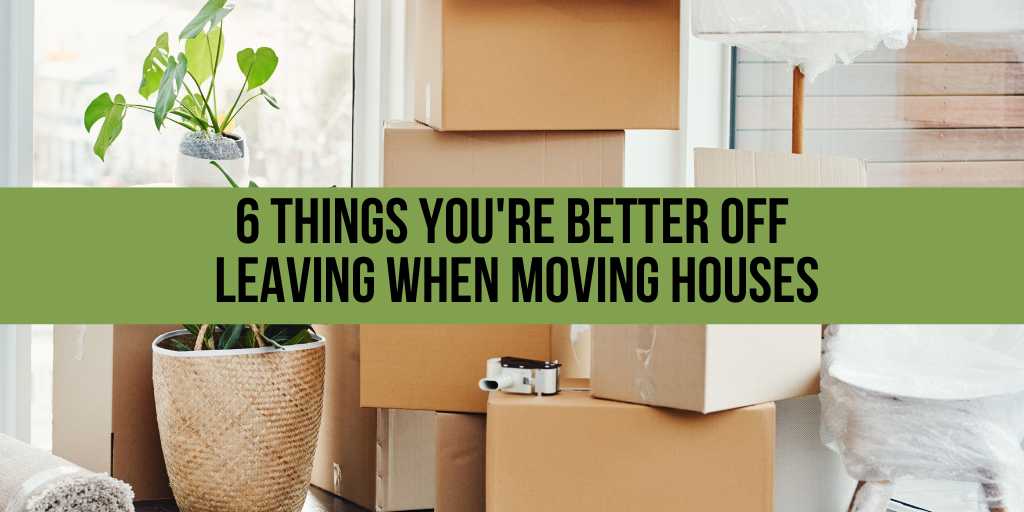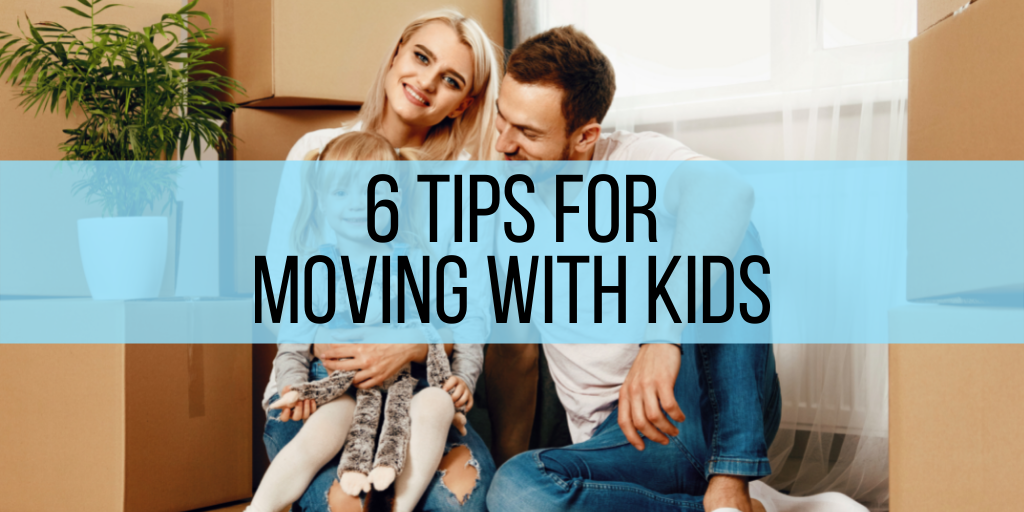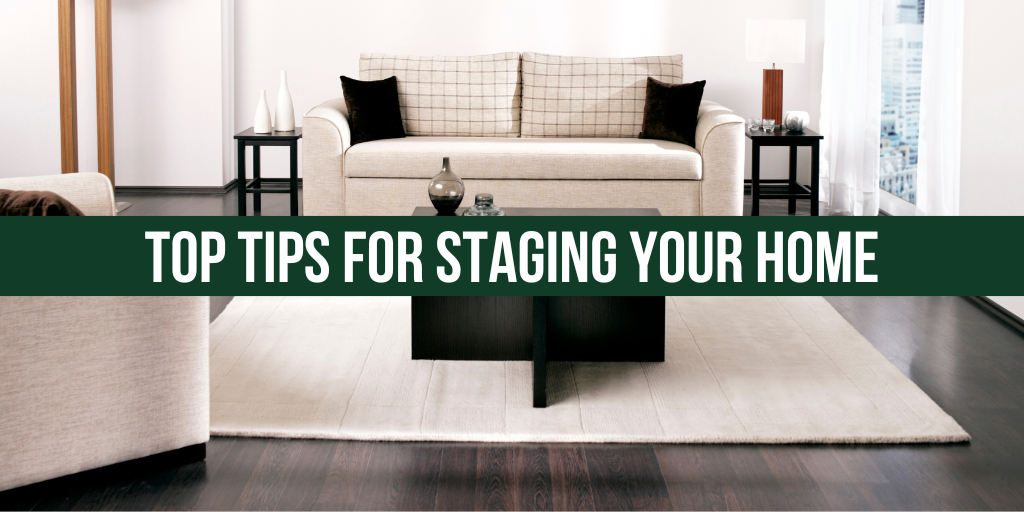
A recent survey from the National Association of Realtors® revealed that 77 percent of buyers’ agents said staging a home makes it easier for potential buyers to visual it as their own. Here are some top tips to get you started.
Continue reading “Top Tips For Staging Your Home”